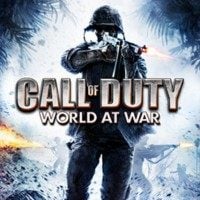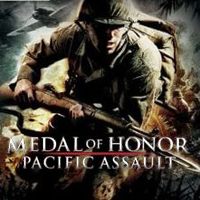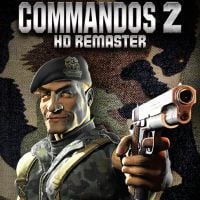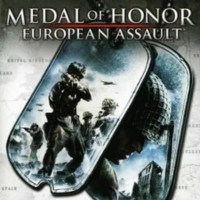St Nazaire Raid – "The greatest raid of all time”. Commandos in Real Life – The Most Amazing Special Operations of World War 2

- Commandos in Real Life – The Most Amazing Special Operations of World War 2
- St Nazaire Raid – "The greatest raid of all time”
- Operation Frankton – kayaks against ships
- Marine Raiders – the Makin Atoll Raid
- Operation "Anglo" – the demolition of Rhodes
St Nazaire Raid – "The greatest raid of all time”
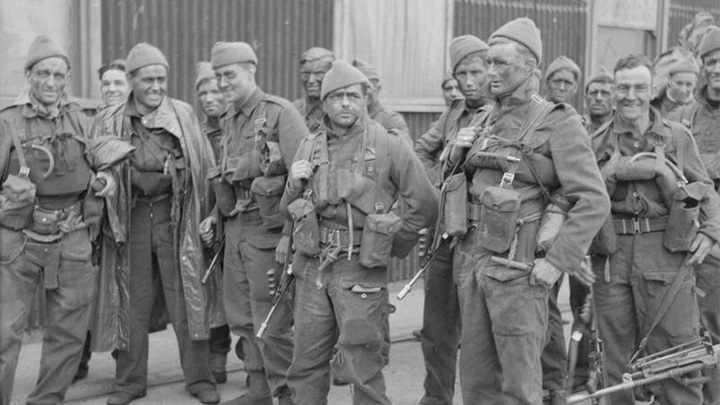
"The greatest raid of all" is what the British army calls the attack on Saint-Nazaire. The current town of Saint-Nazaire in north-western France was home to the base of two u-boot flotillas and a dry dock – the only drydock in this theatre able to accommodate the enormous German battleship, the Tirpitz. For the allies, the destruction of Tirpitz' Atlantic base was crucial for the safety of Atlantic routes, but it could not be attacked from land (as France was occupied), from under water (since anti-submarine nets riddled the waters in vicinity) nor from the air (poor precision of bombing; 80 AA batteries around the target).
The British Royal Navy and the newly created Commandos formation opted for... a head-on attack. The extremely bold and risky plan called for, quite literally, ramming the dock gates by a bomb-laden destroyer, HMS Campbeltown, combined with The Commandos' diversion – distracting the enemy and blowing up smaller objects.
On the night of March 28, 1942, the convoy consisting of destroyers and other ships (which were supposed to help the commandos in escaping), approached the enemy coast in elaborate camouflage. HMS Campbeltown was modified to resemble a German torpedo destroyer, and its crew, thanks to a German code book acquired in another special operation, was able to send desperate calls for help and opening of the port. The trick worked. The Germans realized they had been tricked only 6 minutes before the convoy reached the destination. All hell was unleashed. In the beams of searchlights, flares, and the incessant pounding of dozens of guns, the destroyer relentlessly pushed forward. Subsequent helmsmen fell dead, but someone was always ready to take the rudder. At 1:30 AM, HMS Campbeltown was stuck with its bow rammed well into the dock.
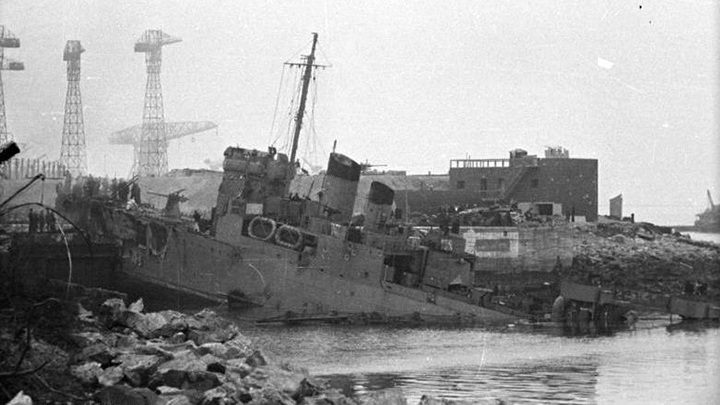
Operation "Chariot" (as the raid on Saint-Nazaire was called) was not, of course, envisaged as a suicide action, and the sailors with the Commandos had to return home, so the explosive devices were installed with time fuses. After ramming the gate, the crew started disembarking the destroyer. Other ships also conducted landings of their groups – the second phase of the operation began. The assault troops had to destroy enemy positions to clear the way for sappers. Their targets included the surrounding bridges, a pumping station, an engine room, and the lock. Fierce exchange of fire begun, and the Brits were largely mowed down.
Of the eighteen ships that participated in the operation, only three returned. Of the 265 Commandos, 64 were killed, and 109 captured. The Navy suffered even greater casualties. However, operation Chariot was considered a complete success. Why? Well, in the morning, after the invading force was repelled, German soldiers gathered around the dock to examine the wreckage of HMS Campbeltown – someone hadn't read the Iliad!
Around 10:30, or at noon, according to other sources – in any case, a little later than planned – 24 depth charges cemented aboard the ship, shook the city with a massive explosion. The dock was severely damaged and was out of service for another 5 years, until after the war. Around 250 German soldiers gathered around the ship were killed or wounded. The plan worked, though it was a Pyrrhic victory.

MEDAL OF HONOR – ATTACK ON THE IRON COAST
The raid on Saint-Nazaire was, of course, depicted in a film in the 1960s, although today it is not as well-known as those based on MacLean's prose. Nonetheless, any afficionado of war movies ought to watch The Attack on the Iron Coast from 1968.
Operation Chariot was also a free inspiration for one of the missions in the game Medal of Honor: European Assault (2005), where, at the very beginning, as a member of the American OSS, we accompanied the British Commandos in the raid on Saint-Nazaire.
The most interesting take on this story is perhaps offered by, wait for it, Jeremy Clarkson himself in the document Jeremy Clarkson's War Stories: The Greatest Raid of All Time. .
